Queensland Government Customer-centred Service Design
Helping government transform to a human-centred mindset
Project Overview
- Client: Queensland Government
I developed a customer-centred service design strategy for a Queensland Government business unit utilising customer and employee mental models.
My Role
- As associate director, I played the lead role which included project and stakeholder management, research methods planning and execution, research analysis and writing the final technical report.
Objective
A Queensland Government business unit had the goal to transform to a customer-centred service. They needed a holistic view of the customer experience so that they could make effective decisions for a new customer experience strategy.
We set out to understand the customer needs, pain points and corresponding program improvement opportunities across their 8 service areas that makeup the government business unit.
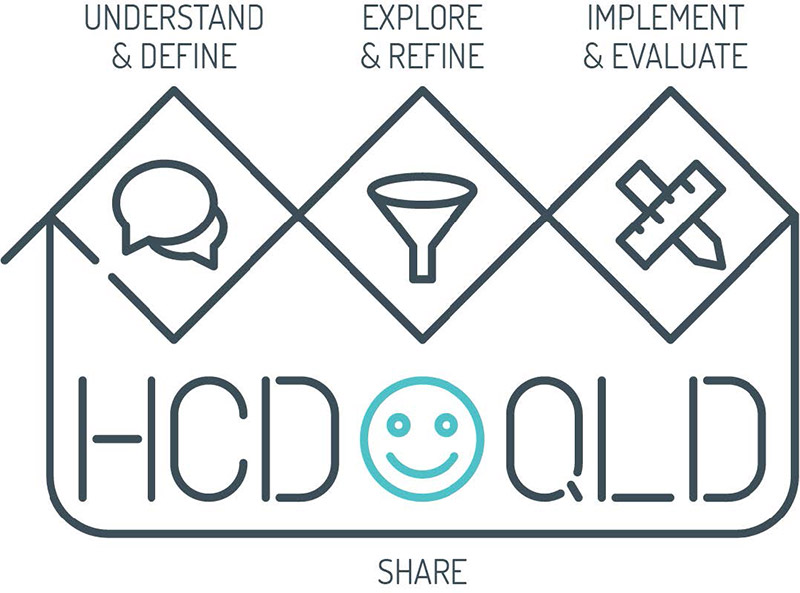
Research
Working closely with the internal project team, I developed a research plan that would consider both customers’ and internal teams’ perspectives to understand the current service experience. The objective was to develop a deeper, contextual understanding of how customers, and internal teams alike, think about the government unit and its services. Perspectives were collected in interviews, which included a diverse range of participants from executive customers to regional operational teams.
Remote Interviews were conducted with a total of 38 people in 21 sessions. 12 one-on-one customer interviews were held, and 9 internal team interviews were held with 2-3 team members participating in each interview. Interviews were conducted remotely using Microsoft Teams’ videoconference feature and lasted between 1 hour and 1.5 hours.
Interviews were structured around the ‘Jobs-to-be-Done’ framework to break down company strategies and tasks into a cognitive process. Developed by Anthony Ulwick, the framework is a great way to dissect conscious reasoning associated with the jobs we try to achieve.
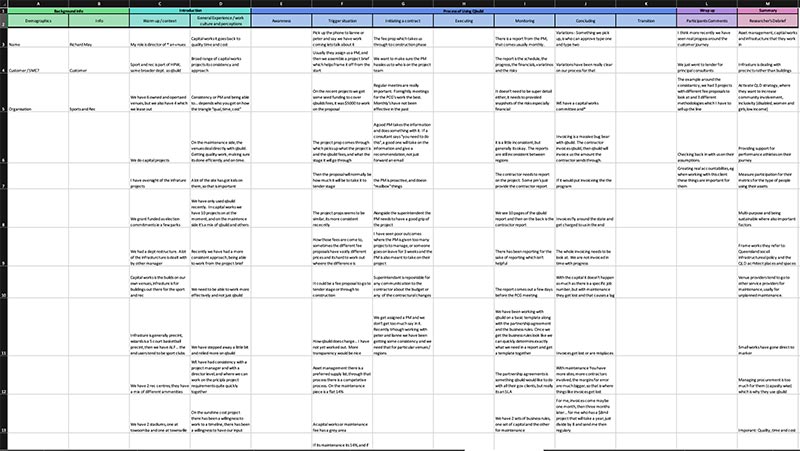
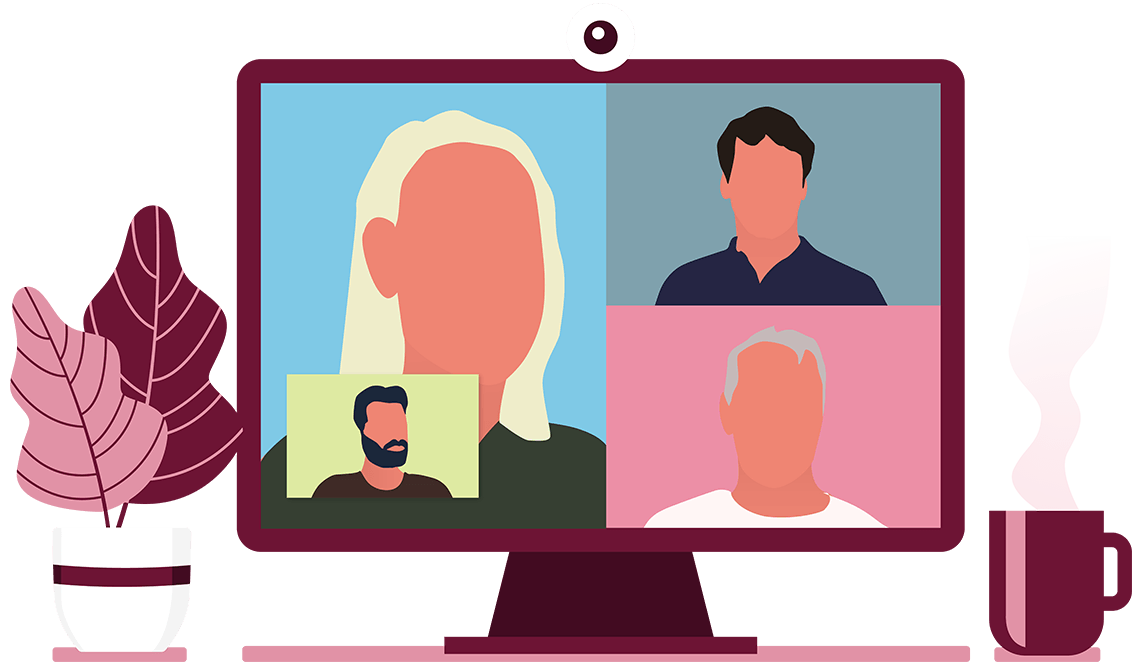
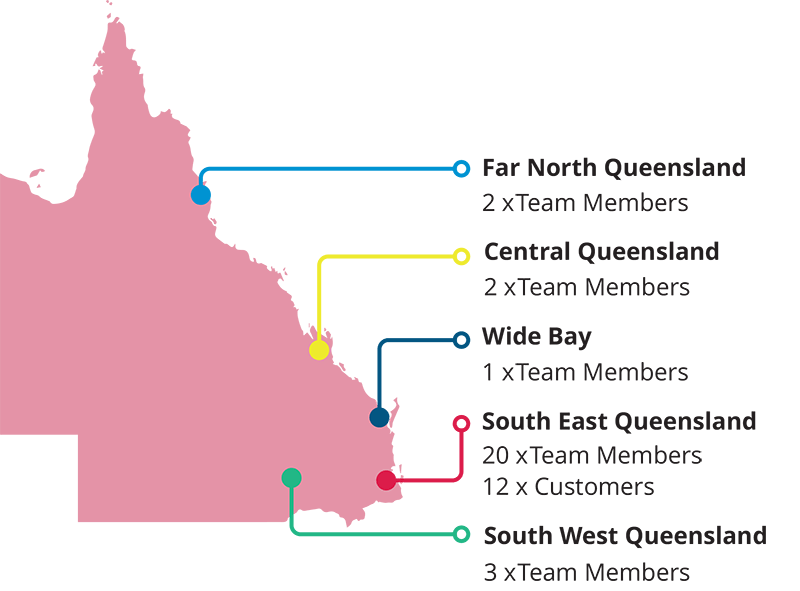
Online Questionnaires were sent to each participant asking them to rate “satisfaction” and “importance” of the business unit’s value propositions. The objective was to see whether the service value propositions were aligned to customer and employee needs and to generate some baseline metrics.

Analysis
After all interviews were conducted, the data was collated and analysed to generate insights, opportunities and assumption validation.
Quantitative metrics were calculated from the questionnaires to baseline how well the business unit’s value propositions were serving both internal employees and their customers.
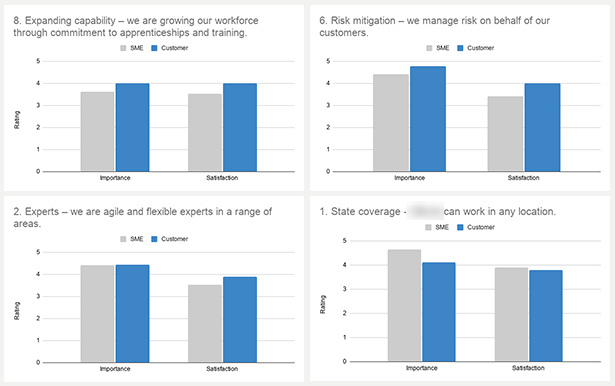
Thematic analysis of customer experience data was consolidated into a mental model map.

A mental model is a visual way of representing people’s motivations, thought processes, emotions, strategies, and beliefs on a particular topic. In other words, it is a visual diagram that groups customer perceptions and behaviours into meaningful categories that articulate the customer experience.
An additional part of the mental model map is the Opportunity Space section. The Opportunity Space of the map communicates potential improvement and transformation initiatives that address issues occurring in the Mental Model. Based on the research, I generated opportunities for the business and recorded them in the mental model map we produced.

After the mental model was created, I ran prioritisation workshops with the different internal teams to validate opportunities, create additional opportunities and align teams to an emerging customer experience strategy.
This image shows an activity where I had teams place opportunities on an IMPACT vs. EFFORT scale to see where “quick wins” could be made.
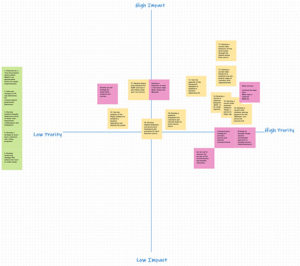
Outcomes
A large mental model map was produced with rich insights and opportunities. It is the primary research artefact that will guide a customer-centred transformation within the government business and will become a reference tool for strategies and policies.

To get the government business unit on the road to the transformation they desired, I developed a high-level customer-centred service design strategy which outlined further customer-centred research activities and a roadmap to action the opportunities.
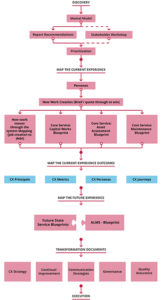
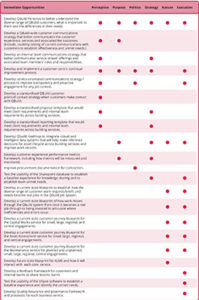
A government ecosystem map was also developed as a value-add to help inform the next phase of service design. The network of government organisations that make up their customer base is immense. The ecosystem map helped clarify “who’s who” so that further customer-centred research could be more efficient and targeted to achieve initiatives identified in this scope of research.
